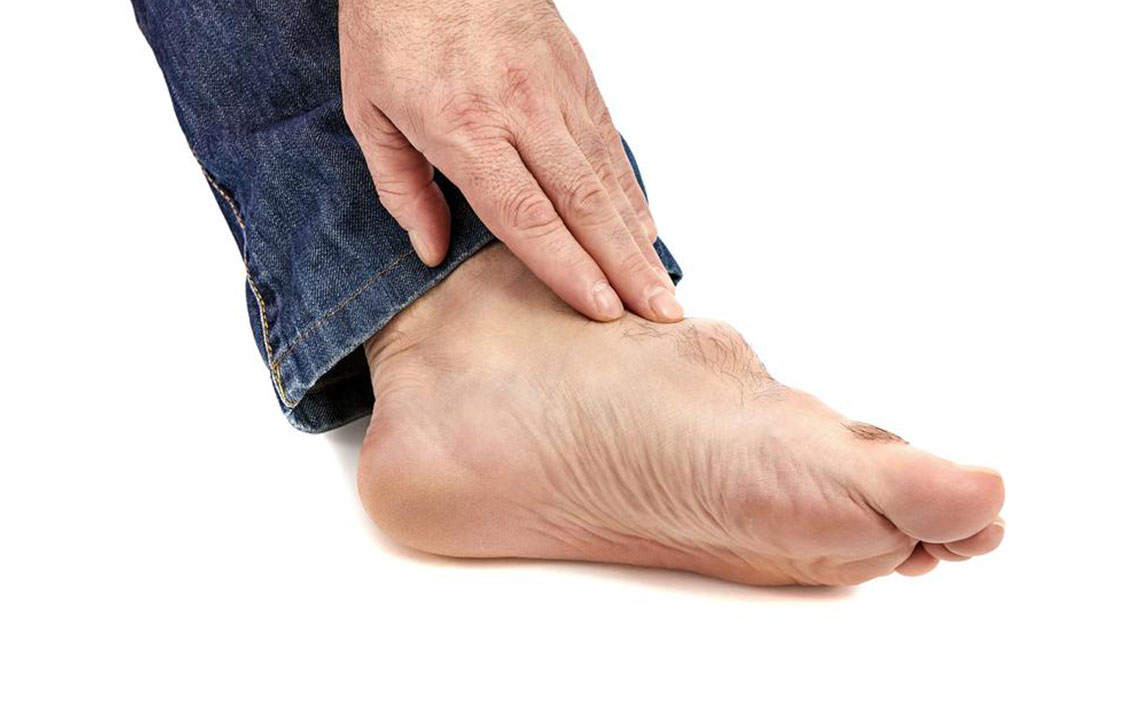Symptoms, Causes, and Treatment of Gout

Gout is a type of arthritis that causes sudden and severe pain in the affected joints. This type of pain can be extremely unbearable, which requires treatment to get immediate pain relief for gout. Gout commonly occurs in the big toe, but can also affect the knees and other joints.
Common symptoms
- Gout symptoms can appear suddenly. This often means requiring immediate pain relief for gout. Intense pain in the joints that occurs suddenly is a classic gout symptom. While the pain may last for many hours and days, the intensity of pain may begin to lessen after a few hours.
- Swelling in the joints almost always occurs with gout pain.
- Redness also occurs in the joints and the affected area may become warm and tender.
- Discomfort in the joints may remain even after the pain no longer exists.
- Limited mobility in the joints and poor joint health may occur as the condition progresses.
Causes
The cause of gout is an abnormal accumulation of urate crystal in the joints. This can happen due to excessive uric acid in the body.
Uric acid formation is the result of standard body functions. When the body processes purines, a substance found in cells and various foods, it causes uric acid to form naturally. The body eliminates uric acid through urine. But when uric acid forms in excess (hyperuricemia) or doesn’t get eliminated (for instance, when kidneys do not function well), it can form deposits in and around the joints. This process, in some people, can result in gout. When the condition worsens, patients may need various options for immediate pain relief for gout.
- Factors that can cause excess uric acid and gout
- Obesity
- Diet rich in high-purine foods such as organ meats (liver, kidneys, and brains), meats (beef, bacon, lamb, and pork), fish and seafood, beer and drinks rich in fructose is known to increase uric acid levels in the body.
There are many triggers or risk factors associated with gout. Some of these have been listed below.
- Joint injury
- Medical conditions like diabetes, high blood pressure, heart diseases and kidney problems
- Use of aspirin and certain medicines for hypertension and edema
- Menopause in women
- For men, any age, especially after 30
- Surgery
- Sudden illness
- Chemotherapy
- Family history of gout
- Crash diets
- Dehydration
Diagnosis of Gout
- Diagnosis of gout may involve several tests. The diagnosis may begin with the doctor asking about the patient’s medical history and a physical examination of the joints. The doctor may also inquire about the patient’s recent injuries or illnesses.
- A blood test for gout can indicate high or low levels of uric acid in the body. However, high uric levels do not always indicate gout and vice versa. Therefore, doctors often conduct more than one diagnostic test to confirm gout cases.
- A joint fluid test can help doctors check for uric acid levels in the affected area.
- Joint X-rays can help doctors eliminate other reasons for pain in the affected area.
- Other tests such as ultrasounds, CT scans or MRI help doctors thoroughly check the joints and bones for the presence of uric acid.
Treatment
Lifestyle changes
Though medicines are the best option to find immediate pain relief for gout, lifestyle changes are a must to manage the condition.
Eating a nutritious diet that is rich in fruits, vegetables, and whole grains may not provide immediate pain relief for gout, but it can be very helpful in the long run to efficiently manage the condition.
Additionally, maintaining a healthy body weight is also important for preventing gout attacks.
Medicines
Use of medicines for treating gout is very effective. These drugs can be used for immediate pain relief for gout, to prevent further pain, and also to reduce risks that can result from the condition. To get immediate pain relief for gout, doctors recommend using an anti-inflammatory drug. These nonsteroidal anti-inflammatory drugs (NSAIDs) can include over-the-counter (OTC) pills. But it is vital that patients take OTC drugs only as recommended by their doctors. Some patients may also receive a prescription for more effective NSAIDs. Some of these drugs can produce specific side effects like diarrhea and nausea.
For patients with severe gout or several attacks of gout in a year, the doctor may prescribe medicines that can help to block production of uric acid or help to eliminate the excess acid from the body. But such medicines also carry side effects like rash, kidney stones or stomach pain.
Gout can be an extremely debilitating condition. But with proper treatment and lifestyle changes, it is possible to manage the condition.